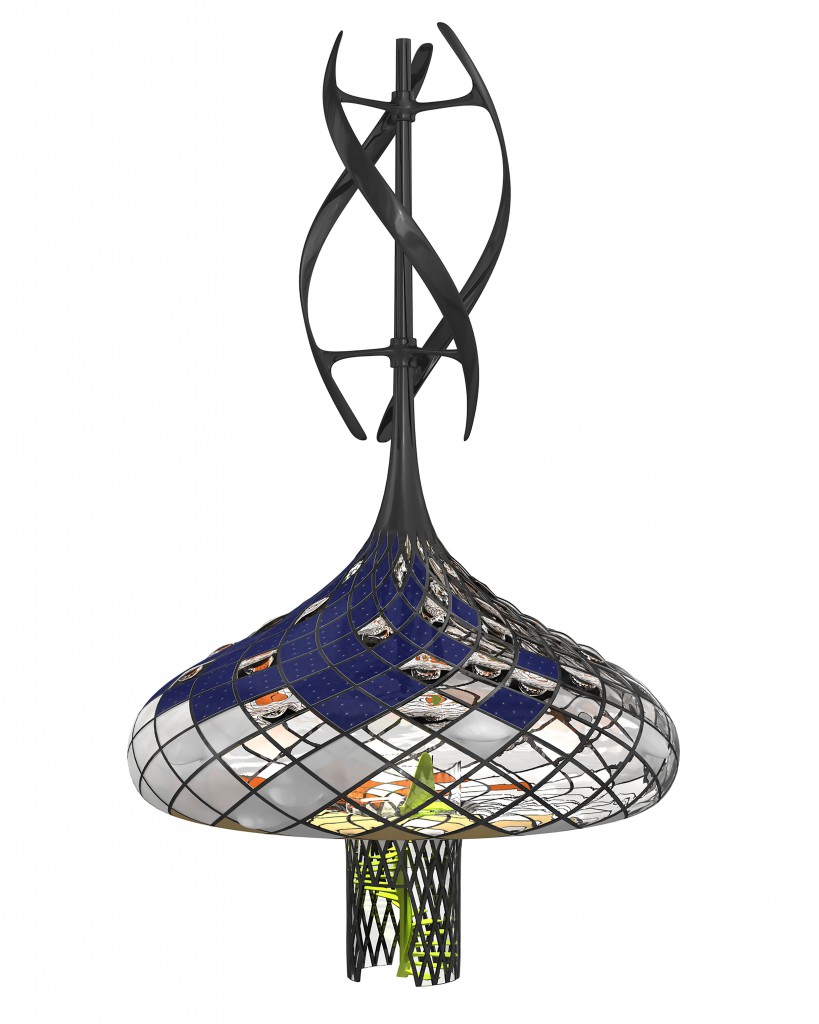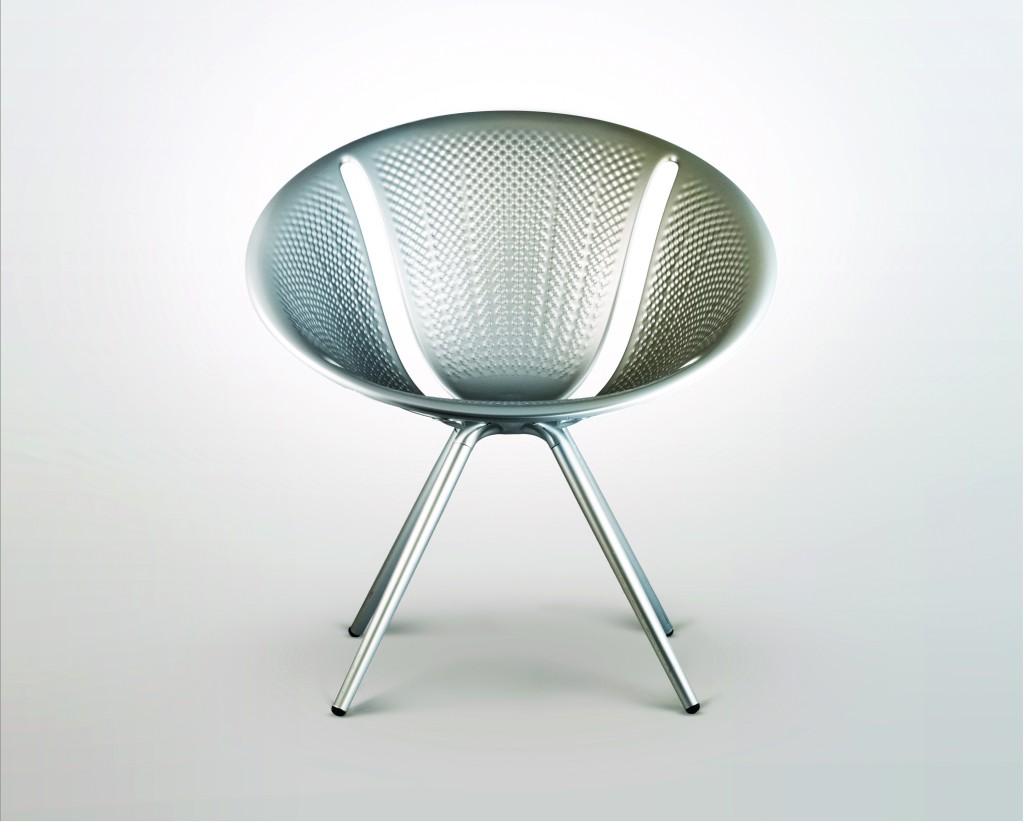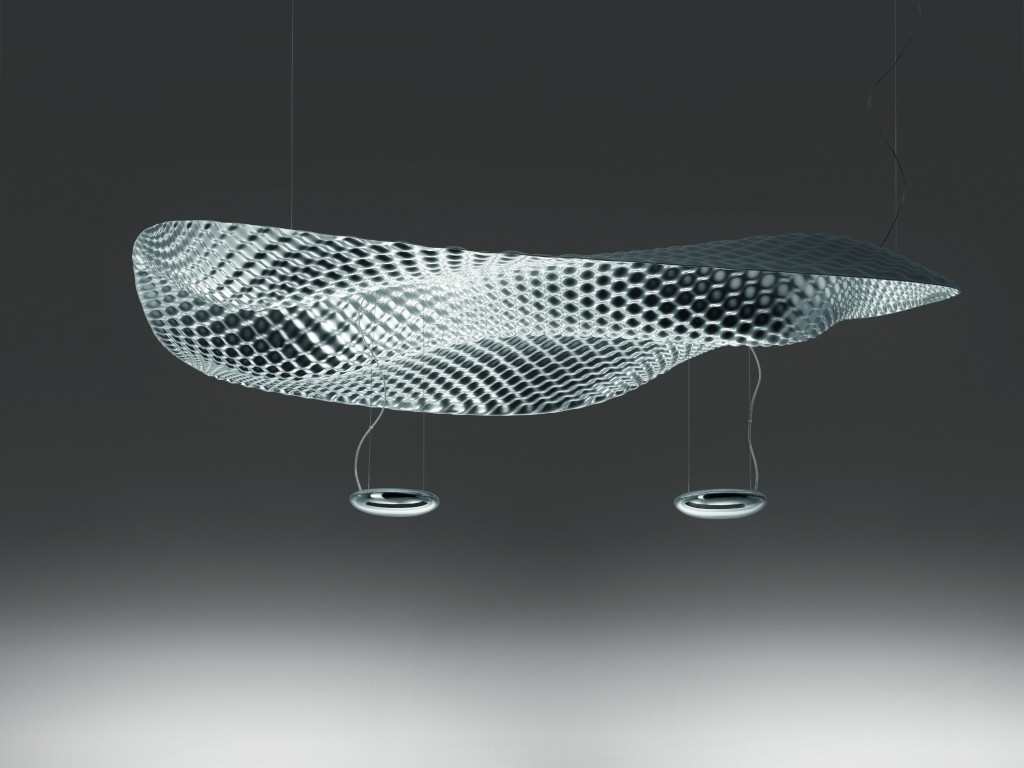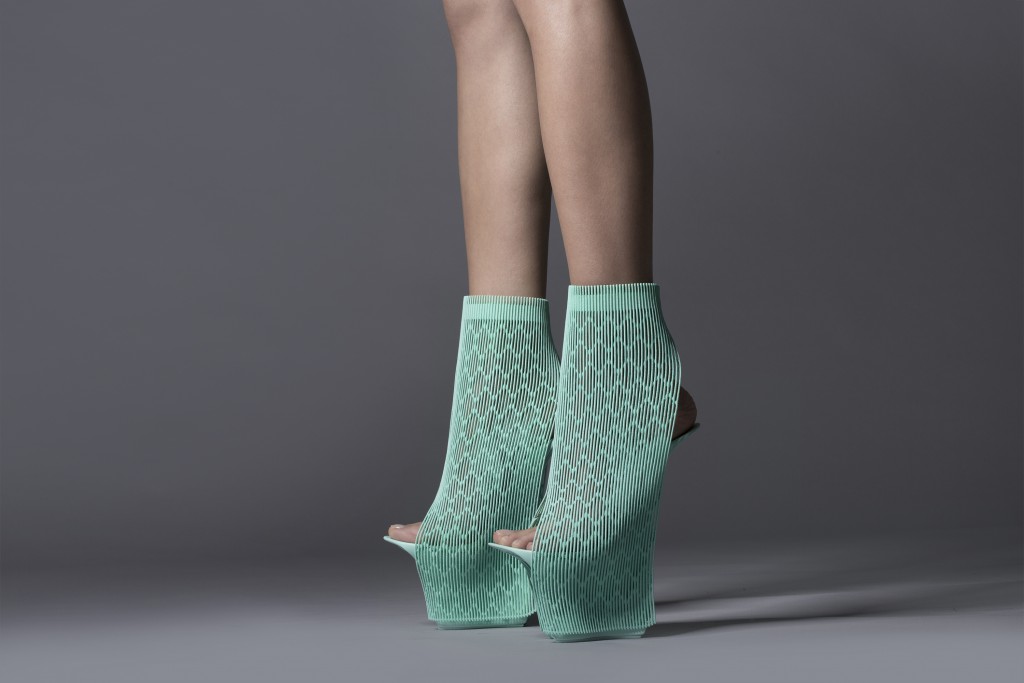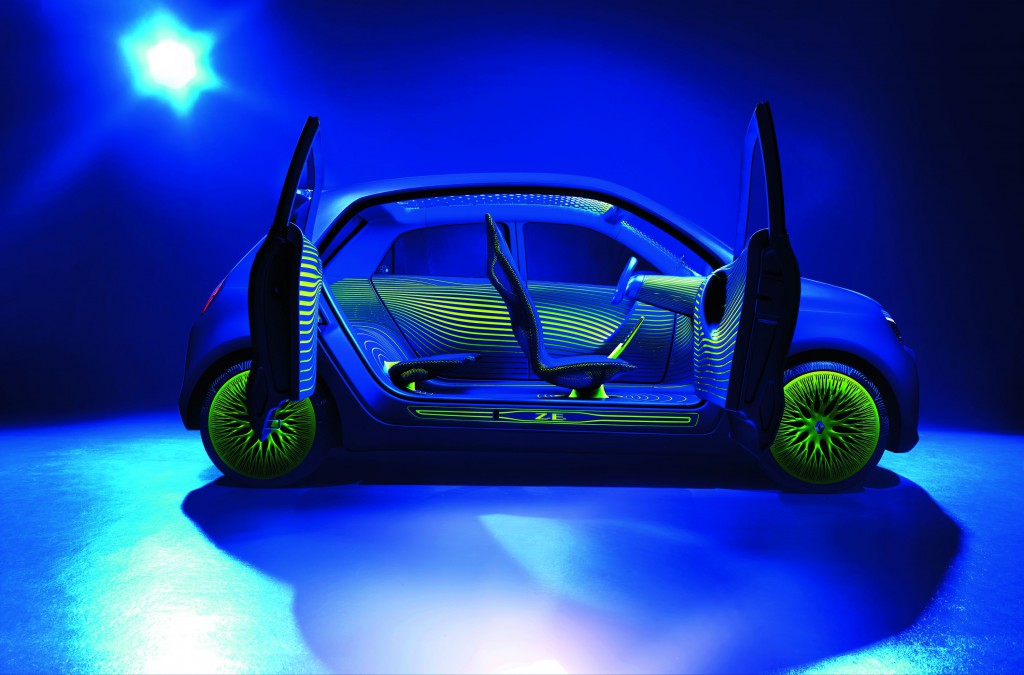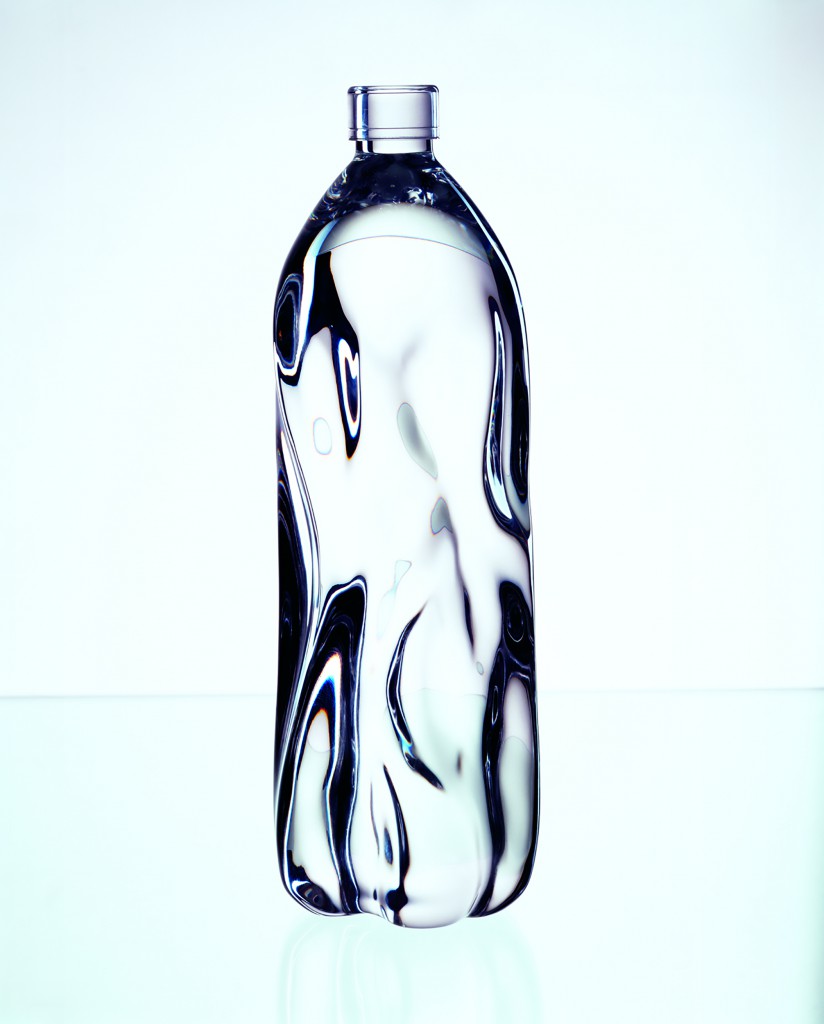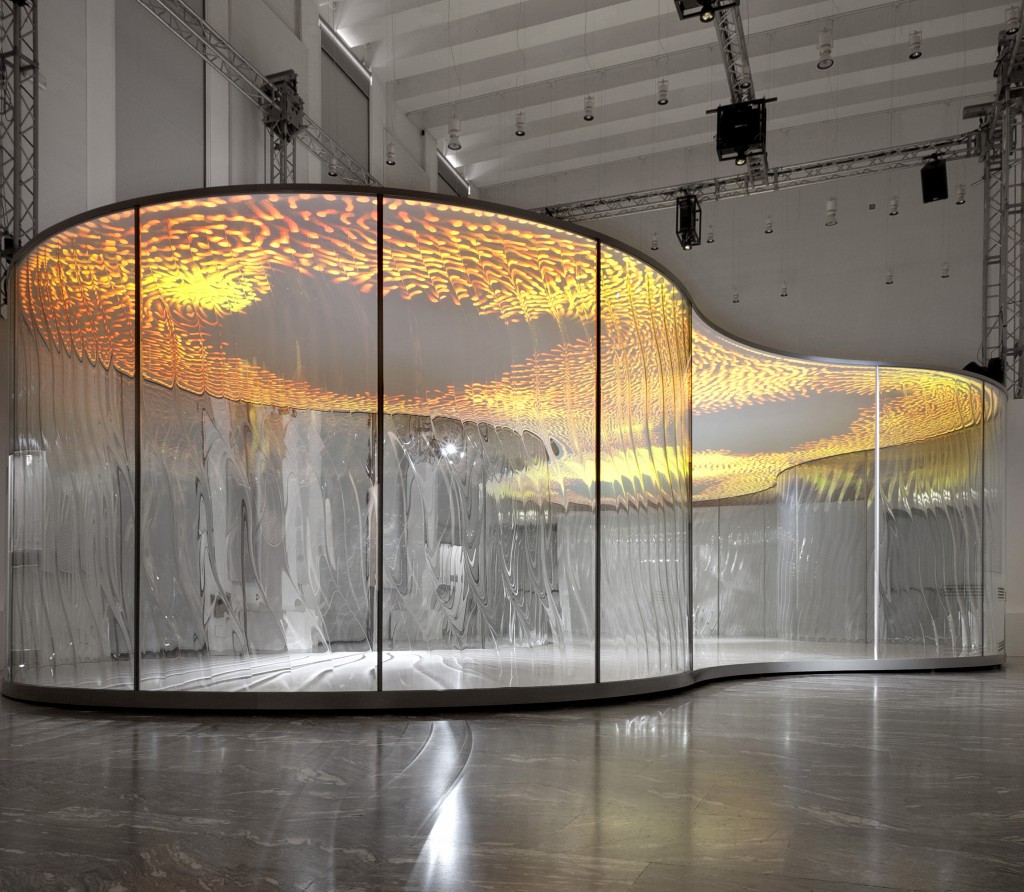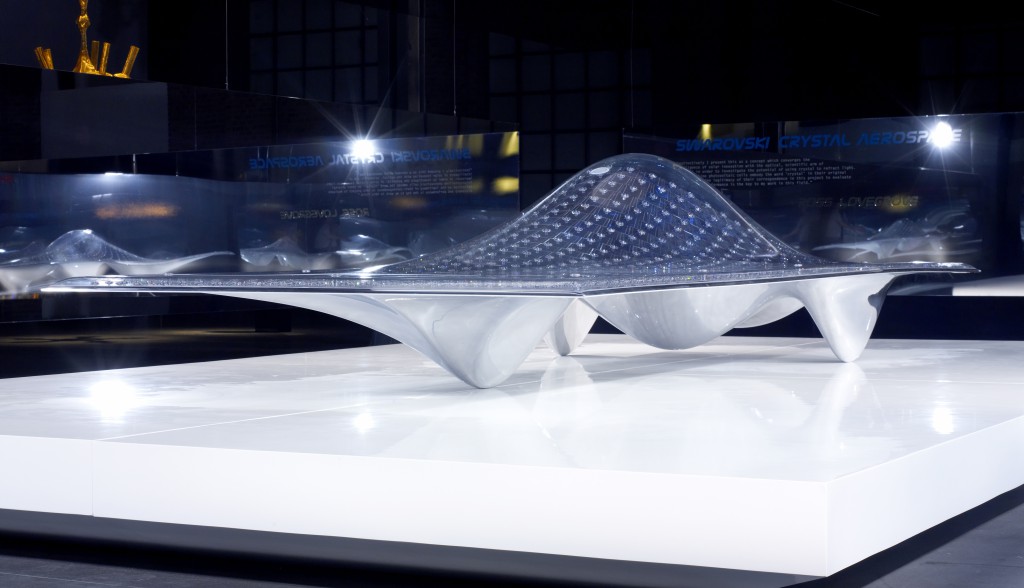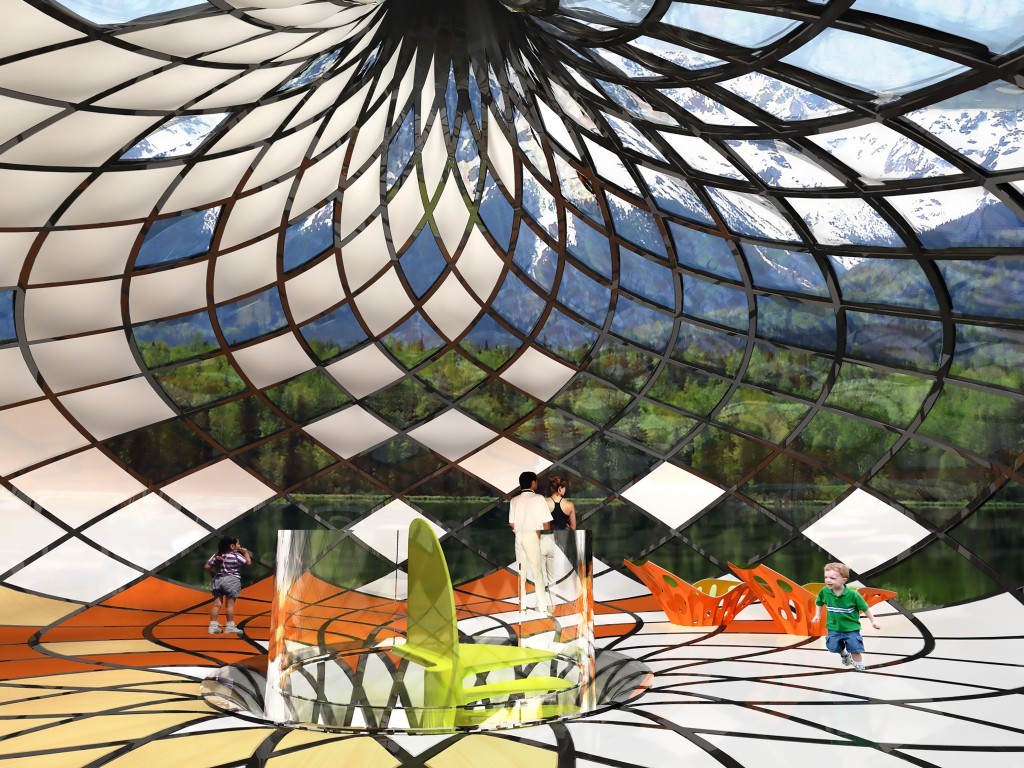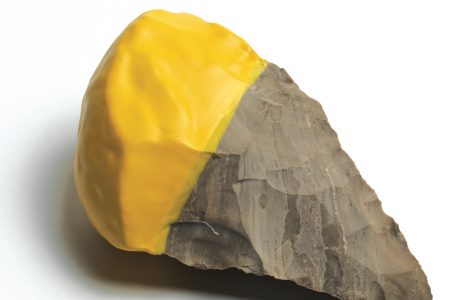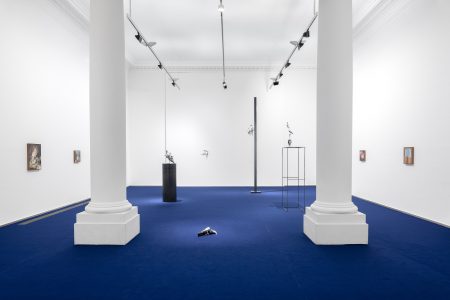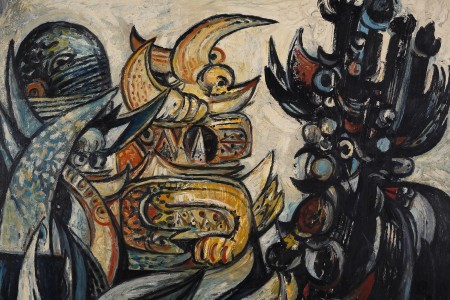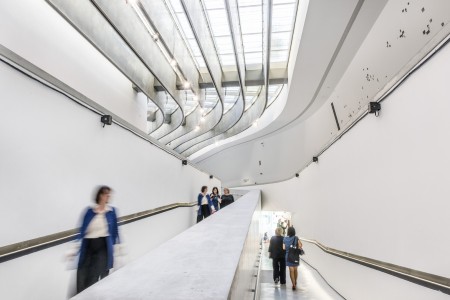Ross Lovegrove at Pompidou
British industrial designer Ross Lovegrove’s organic forms are the subject of the Centre Pompidou’s first “forward-looking retrospective”.
“The idea of ‘convergence’ is important because it brings art and science together,” says Ross Lovegrove, who has distinguished himself with a design vision based on the natural evolutionary process. The British industrial designer is the subject of the Centre Pompidou’s first “forward-looking retrospective”, Convergence.
“[Convergence] is an overall approach to design that ought to play an essential role in the 21st-century ‘Renaissance’ we are currently experiencing, which will lead to tangible creative principles that concern us all, wherever we are in the world,” Lovegrove goes on. Along with Zaha Hadid, he was one of the first to use architectural simulation software and digital tools.
Running in Paris until July 3, the exhibition posits Lovegrove as a sculptor of technology, looking back at his intellectual pursuit for new paradigms “at the crossroads of art, design, technology and nature”. Curated by Marie-Ange Brayer and Olivier Zeitoun, the exhibition draws on the designer’s principles of growth, biomimicry, sustainability and dynamism. Most significantly capturing the progressiveness of Lovegrove’s vision, there is no hierarchy presented between physical object, virtual movement and digital development.
“Design is a sphere that is continually being reinvented. Because it involves transforming natural resources into useful objects, the designer is at the very heart of today’s technological issues, which affect not only our own emotional and aesthetic state but also our collective awareness as human beings – a species that is ever rapidly evolving and needs to adapt continuously,” Lovegrove explains being equally inspired by artists such as Henry Moore, as by the latest advances in biology, anthropology, physics and ecology.
“The idea of convergence intimates a time where the merging of all things takes the form of a profound
change in the way we see and make the physical world around us,” he concludes. This is his ‘DNA’ – design, nature and art.
Lovegrove’s Convergence exhibition forms part of a year-long programme at the Centre Pompidou, involving art, science and technology, Mutations/Creations.
